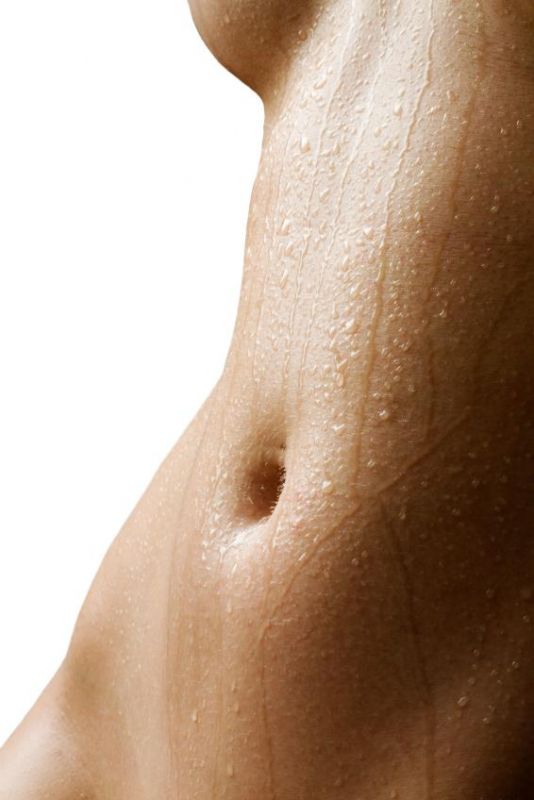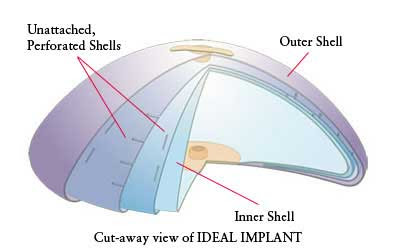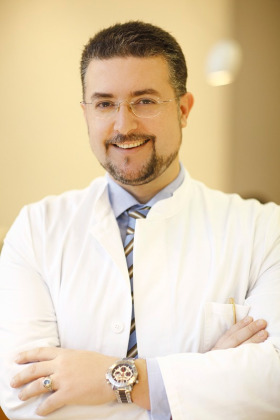Breast Fat Grafting Comes Of Age
/ The search for the ideal breast implant material has spanned everything from soy oil to paraffin.
The search for the ideal breast implant material has spanned everything from soy oil to paraffin.
The current generation of silicone implants are one of the most studied medical implants in the world. Despite the favorable safety profile, a sizeable percentage of women interested in augmentation surgery have sat on the sidelines. There most cited concern is having something they consider unnatural in their body.
At the recent American of Society Plastic Surgeons meeting in New Orleans, fat grafting to the breast seems to have come of age. Plastic surgeons have been using fat grafting to the breast for patients undergoing reconstructive breast surgery for several years now. The original hesitations of using fat grafts for breast augmentation purposes have to do with the number of procedures necessary and the ability to read subsequent mammograms. Both these issues are slowly being resolved.
Who is a candidate?
Most patients would prefer to have this procedure in one surgical procedure with one recovery. Ideally, a perfect patient would want to increase their breast size from 1 to 1 1/2 cup sizes larger. They would need to have a sufficient fat volume to be liposuctioned to provide enough material to graft. People that are very athletic often would not have enough donor fat to be used.
Who is not an ideal candidate?
Traditional augmentation is still best utilized for the very slim patient who wants to increase her breast size 1 1/2 to 2 cup sizes or more. A breast implant would allow more shaping options to the breast particularly giving a patient more fullness in the superior portions of the breast.
There are still are remaining issues of the effectiveness of mammograms in patients that have had fat grafting to the breast. Newer imaging technologies, or CT/MRI, may help resolve these issues.








